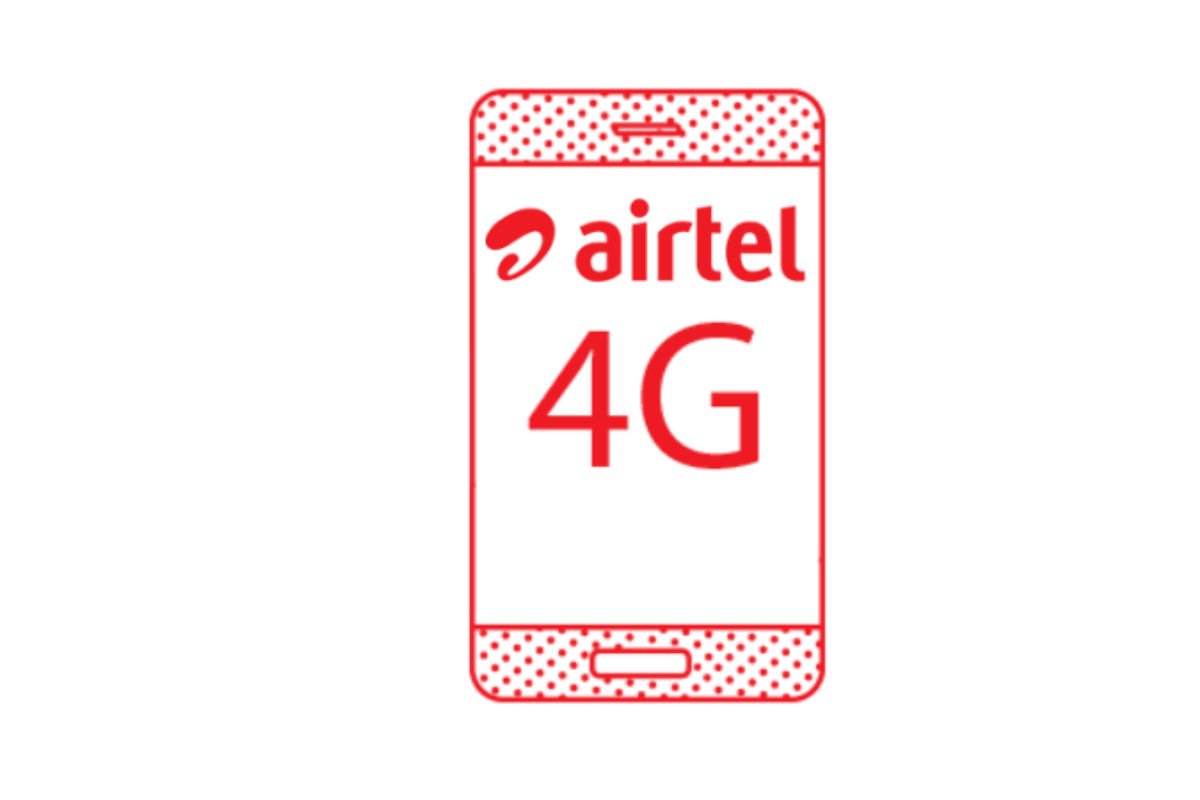Ericsson, in its ‘Mobility Report’ for November, highlighted that 5G would represent 27% of mobile subscriptions in India at the end of 2026. Ericsson estimates India to have around 350 million 5G subscriptions. However, the telecom gear market believes that LTE will continue to be the dominant technology in India, even in 2026. LTE might account for 63% of mobile subscriptions in 2026 followed by 5G. India is the second-largest telecom market in the world. Despite being one of the leading markets, India is yet to get a single 5G network. The government is not holding the spectrum auction as telcos are opposing the high prices and even asking to delay the auction.
LTE Will Still Be Dominant Technology in India by the End of 2026
While 5G is expected to pick up the pace in India, LTE will become more dominant by the end of 2026, according to Ericsson. The ‘Ericsson Mobility Report’ for November 2020 says mobile broadband technologies accounted for 63% of mobile subscriptions in 2020, and this figure is predicted to reach 91% by 2026 when the total number of mobile broadband subscriptions is set to reach close to 1.2 billion. The average monthly data usage per smartphone continues to show robust growth, boosted by the rapid adoption of 4G and people working from home during COVID-19. Furthermore, Ericsson says the dependent of people on mobile networks to stay connected as well as work from home during the pandemic has contributed to the average traffic per smartphone user increasing from 13.5GB per month in 2019 to 15.7GB per month in 2020. The average traffic per smartphone is expected to further increase to around 37GB per month in 2026. According to Ericsson’s Capturing business opportunities beyond mobile broadband report, 5G business potential industry revenues for Indian operators stands at $17 Bn by 2030, with the Manufacturing sector ($3.74 Bn), Energy and utilities sector ($2.57Bn) and Agriculture sector($1.5 Bn) being the biggest contributors respectively.
